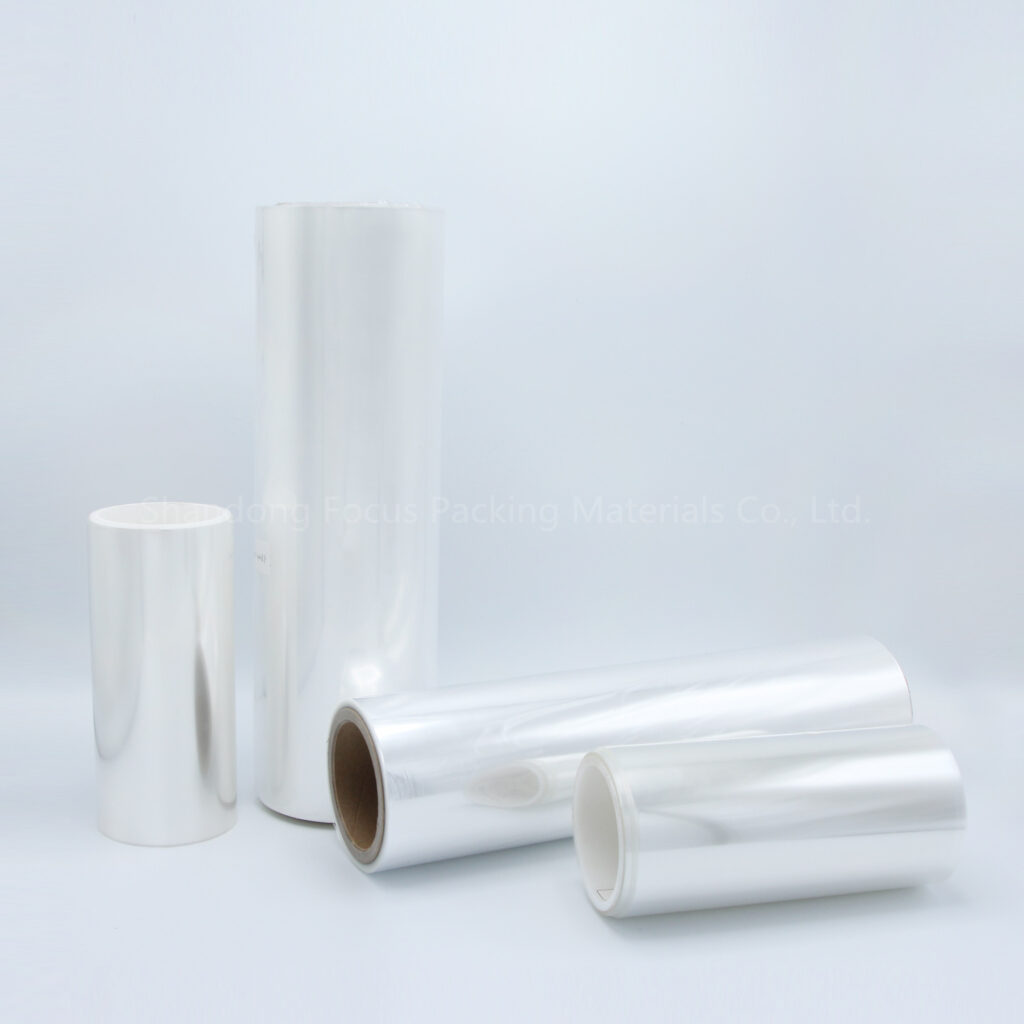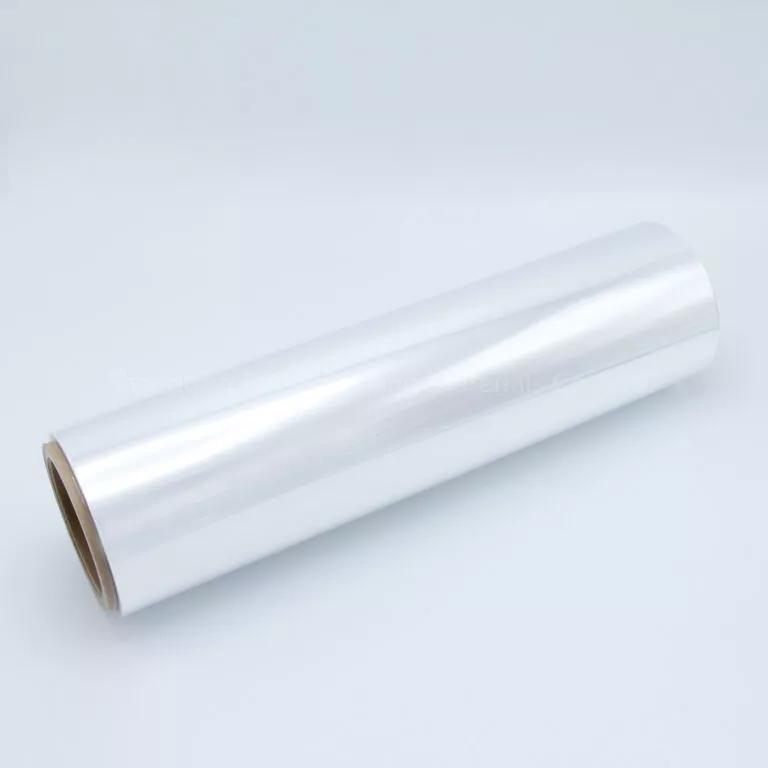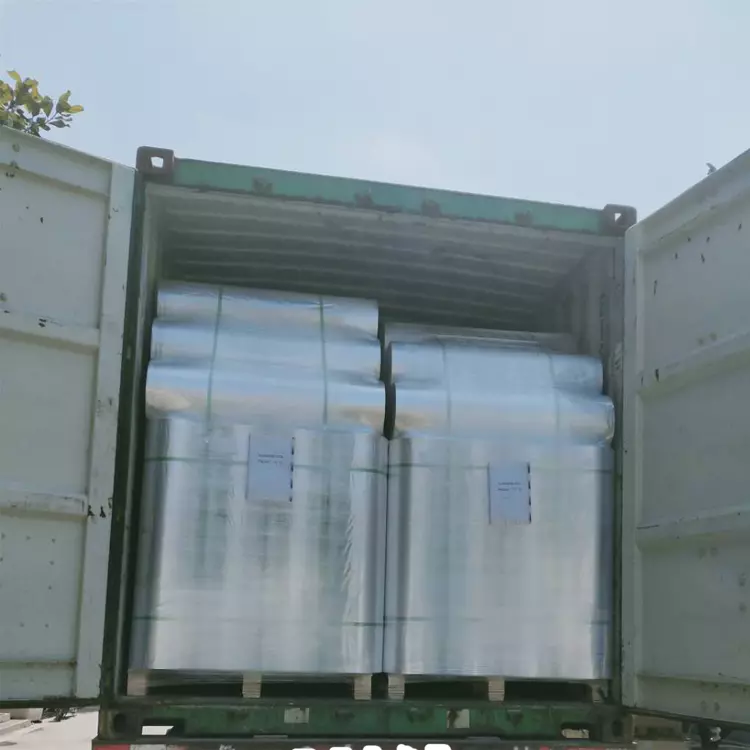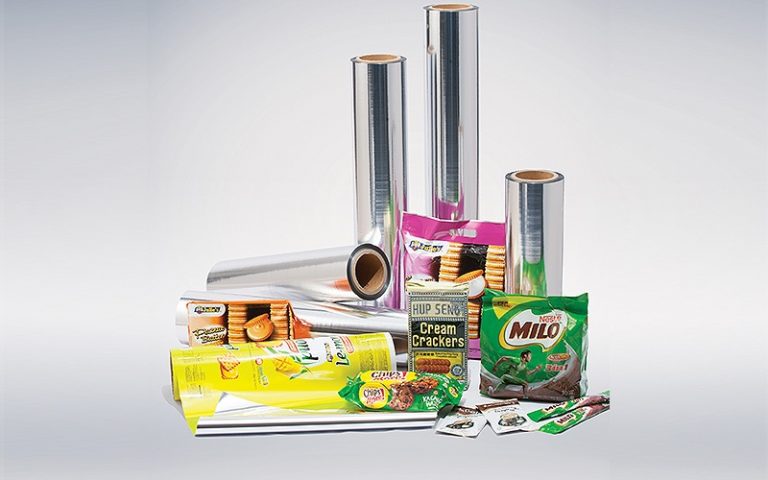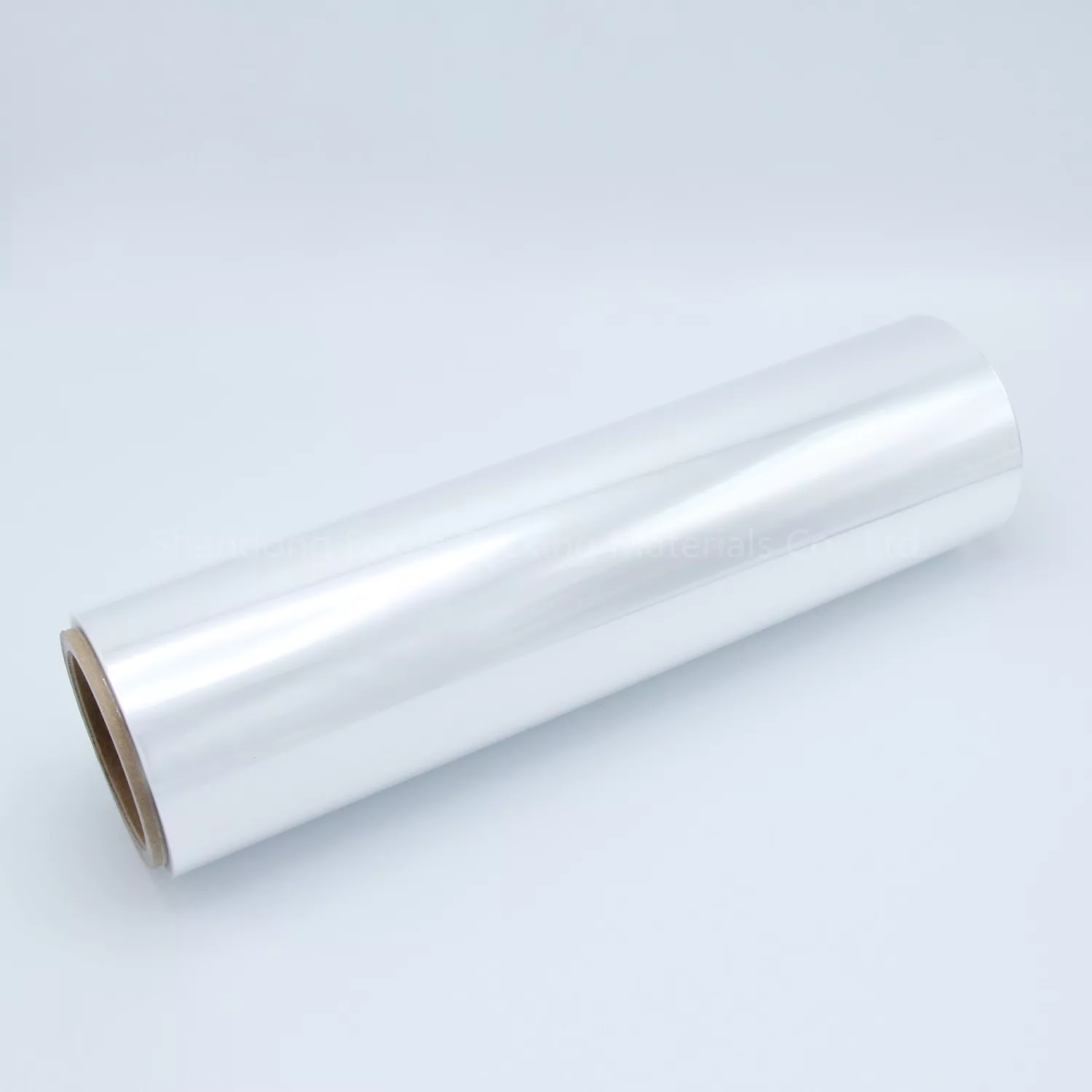(1) Squeeze out. PP enters the extruder, and after a certain temperature and time, under the action of the rotating shear force of the screw, the pellets are melted and metered before quantitatively entering the filter. The extrusion temperature can be adjusted between 230 ℃ and 280 ℃, but under the premise that the material can be uniformly plasticized, it is advisable to control the temperature at a lower level to avoid material degradation caused by excessive temperature or prolonged heating time as much as possible.
(2) Filter. PP fresh materials, scraps, recycled materials, recycled materials, etc. all contain impure impurities, non melting materials, etc. These non melting materials must be filtered out with a filter and cannot enter the mold head or mix with thick sheets. The filter screen should be selected properly. Although the mesh size is too high and the mesh size is too fine, it is beneficial for extruding thick sheets, but it will increase the frequency of replacing the filter screen and increase raw material consumption; The mesh size is too large, and impurities cannot be filtered dry
Mixing with thick sheets can cause transverse rupture of the membrane. Generally, a slightly higher mesh size should be selected, and it is advisable to replace the filter every 7-10 days.
(3) Mold head casting. After filtering, the material enters the mold head, which is divided into two types: flat membrane T-shaped and tube membrane circular. To produce different products, single-layer or multi-layer co extrusion dies need to be used separately. The distribution is adjusted through the “black box” material channel above the die, so that different materials flow out from the lip according to different layering channels, allowing thick sheets to obtain different layering as needed. Through the ‘black box’ and
The transformation of the mold head can produce single-layer, two-layer, three-layer, five layer, and up to seven layer co extruded composite thick sheets. The mold head and lip can be adjusted manually or automatically based on feedback information on the thickness distribution of the sheet and product, in order to produce uniformly thick sheets.
(4) Rapid cooling molding. Isotactic PP is a crystalline polymer with a maximum crystallization temperature of 90 ℃. The molten material is extruded from the lip and flows through a few millimeters of gap to the surface of the rotating rapid cooling and shaping roller. Under the joint cooling of a compressed air knife, the cold surface of the rapid cooling and shaping roller, and a water bath (or air), the material is rapidly cooled to room temperature at a temperature of up to 250 ℃, forming amorphous thick sheets with very small and almost transparent microcrystals. thick slice
The quality of the film is the key to its formation, and the phenomenon of film breakage often occurs during the transverse stretching process, with the main reason being poor quality of the thick film. The ideal thick sheet should have a flat surface, uniform thickness, straight edges, no bubbles, impurities, “fish eyes”, and almost transparent characteristics. Good thick sheets have strong adaptability to stretching processes, high film-forming rates, and good product quality. Whether it is a large roll water bath rapid cooling or a multi roll alternating cooling process, the purpose is to obtain good thick sheets to ensure smooth longitudinal and transverse stretching.
(5) Thick film thickness measurement. The thickness tolerance of thin films is an important technical indicator, and the thickness tolerance of thick sheets plays a decisive role in the thickness tolerance of thin films.
